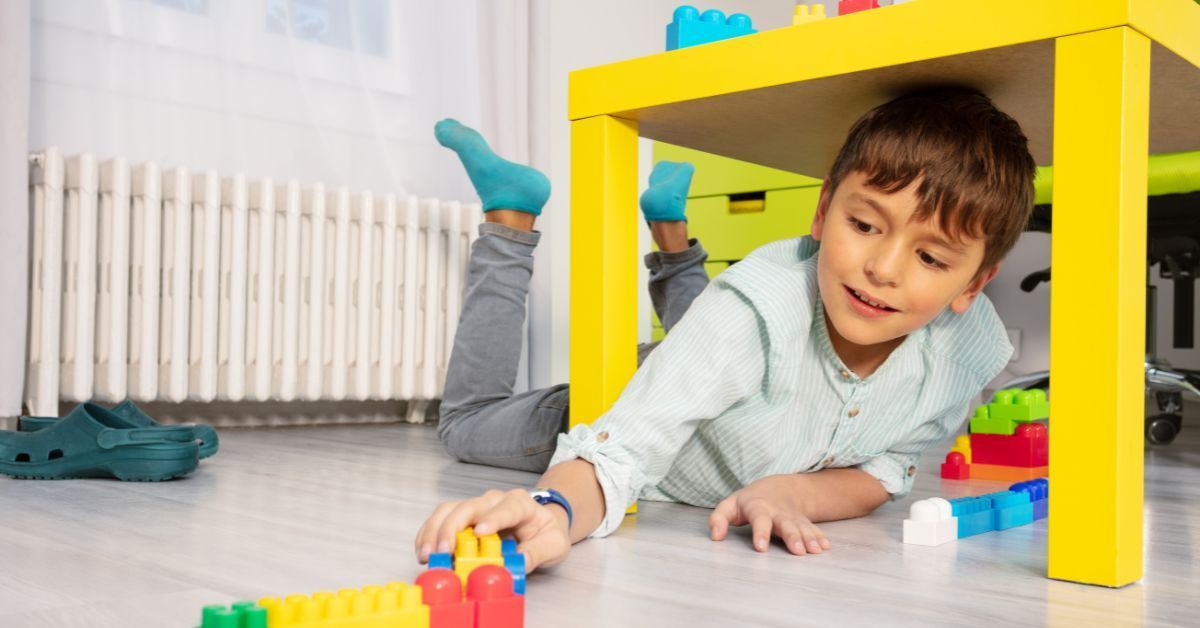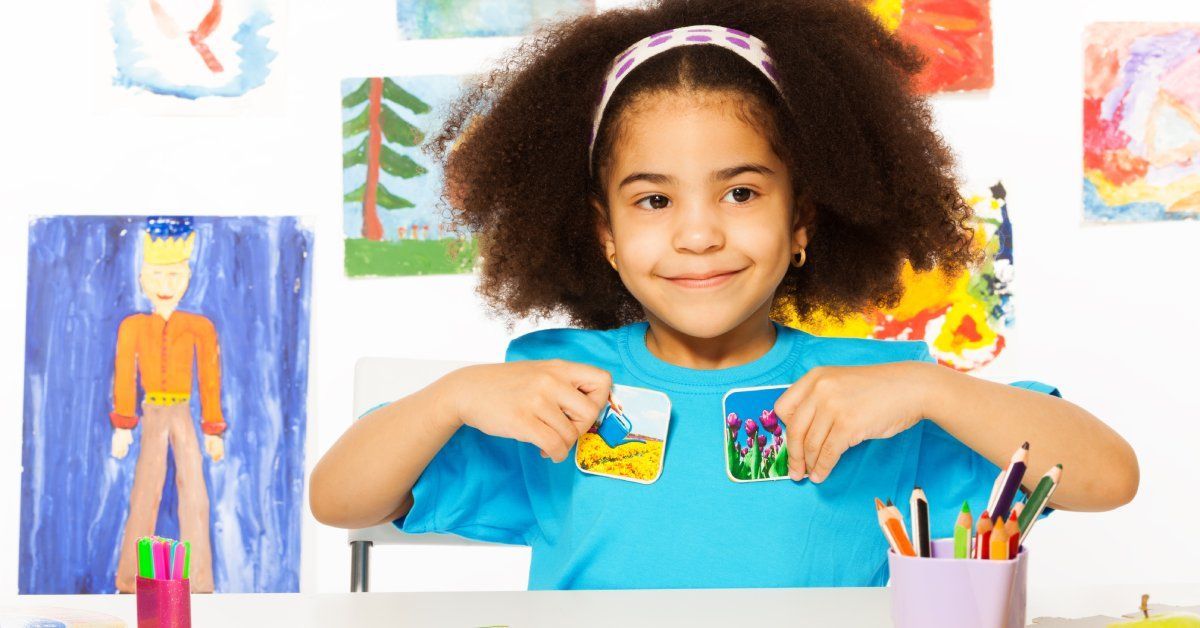7 Ways Families Can Reinforce ABA Therapy at Home
Applied behavior analysis (ABA) therapy is pivotal in helping children with Autism Spectrum Disorder (ASD) develop essential skills. However, its effectiveness continues after the sessions conducted by specialists finish. Parents play a crucial role in reinforcing these teachings at home.
Here are seven powerful ways families can support ABA therapy from the comfort of their homes.
Understand the Importance of Routine
Children with ASD benefit from routine because it provides stability and reduces anxiety. Establishing a daily schedule similar to ABA sessions and integrating skill-building exercises can improve compliance. Consistent routines help monitor progress and identify areas needing focus, with logged data aiding ABA therapists in tailoring sessions.
Positive Reinforcement Techniques
Positive reinforcement is a core component of ABA therapy. It involves rewarding desired behaviors to increase the likelihood of those behaviors being repeated. At home, parents can use various forms of positive reinforcement, such as verbal praise, stickers, or extra playtime.
To implement this effectively, parents should:
- Clearly define the desired behavior and explain the reward beforehand
- Consistently provide reinforcement when the behavior occurs
- Fade out rewards gradually as the child becomes more proficient in a skill
Generalization of Skills
Generalization is about applying learned skills in different settings. Children should practice using these skills in real-world situations outside of therapy. Parents can help by creating opportunities, such as encouraging social greetings during playdates or involving kids in household chores with clear instructions.
Creating a Supportive Environment
Another way families can reinforce ABA therapy at home is by creating a supportive environment. Parents should set up a distraction-free, organized, and quiet space for therapy. Creating a sensory-friendly area with good lighting, textures, and calming elements can help the child stay comfortable and focused. Patience, encouragement, and positive reinforcement can boost the child's motivation and engagement in therapy.
Incorporating Play and Leisure
Incorporating play and leisure into daily routines for children participating in ABA therapy can greatly enhance their social skills. Playtime offers a relaxed environment for practicing social interactions, creativity, and problem-solving, while activities like turn-taking, sharing, and following rules help reinforce these skills. Engaging in enjoyable activities provides valuable learning and bonding opportunities that boost social development.
Encouraging Independence
One of the main goals of ABA therapy is to promote independence in children with ASD. Parents can support this by encouraging their children to take on age-appropriate tasks like dressing, grooming, and household chores.
Providing clear instructions, breaking tasks into steps, and offering positive reinforcement can help children build confidence and independence. Over time, children can develop the skills to perform tasks with minimal help, leading to greater self-sufficiency.
Take the Next Step in Supporting Your Child
Parents play a vital role in the success of ABA therapy. By actively participating in their child's therapy and implementing these strategies at home, parents can reinforce the skills learned during therapy and promote lasting progress.
If you're looking for additional guidance and support, please feel free to seek ABA training for parents in North Carolina through HANDS Center. Our expert team is dedicated to helping families create a nurturing and effective learning environment for their children.
Together, we can make a meaningful difference in the lives of children with ASD. Let's work hand in hand to support their growth and development.







